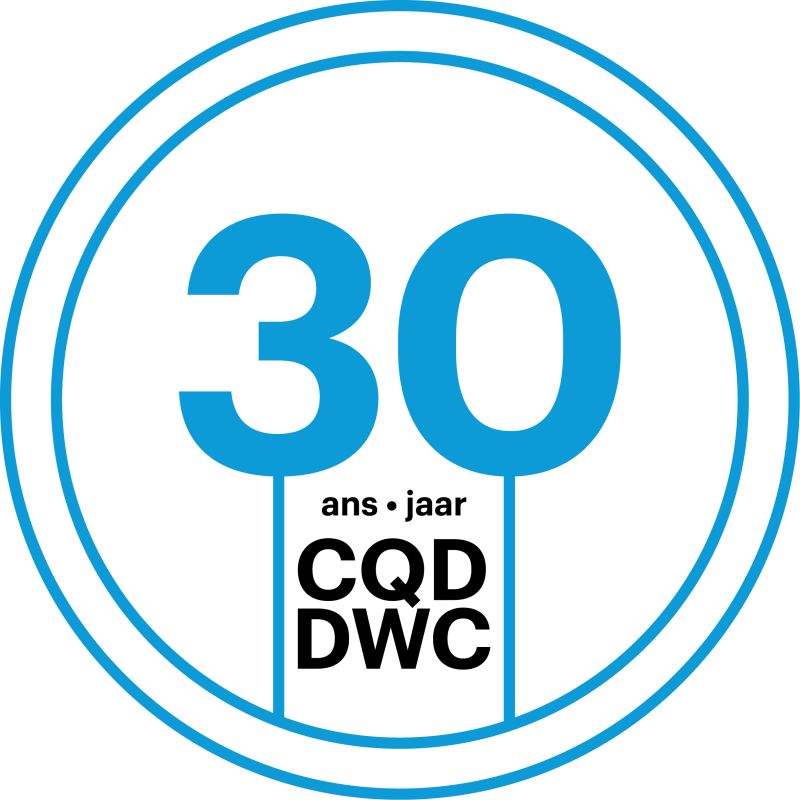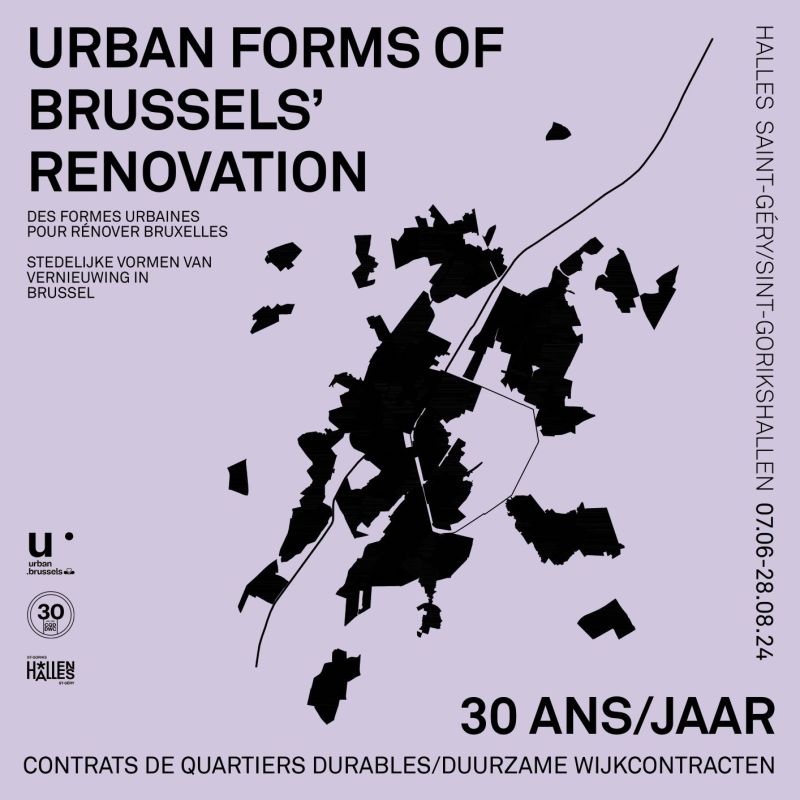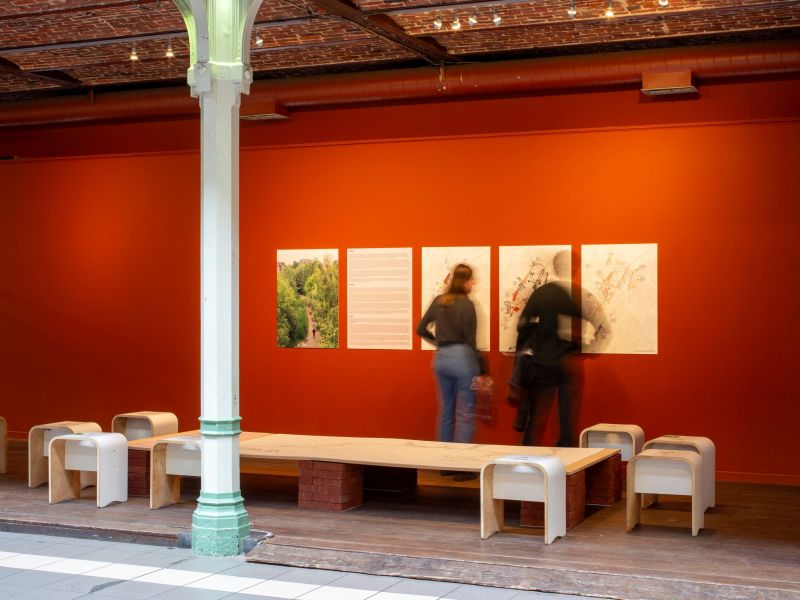To mark the 30th anniversary of the Sustainable Neighborhood Contracts (SNCs), Urban is hosting an exhibition that evaluates the successes of an inclusive and operational urban renewal policy in the Brussels Region.
For the past 30 years, Sustainable Neighborhood Contracts (SNCs) have been renovating the Brussels area.
Their particularity lies in their ability to generate or sustain urbanity.
By urbanity, is meant the ability to bring people together, to reconcile complex, often contradictory issues that intersect in a neighborhood, addressing them in a comprehensive manner with the direct involvement of the people who live and frequent that area.
The effectiveness of SNCs is widely acknowledged, often cited as evidence of the operational capacity and inclusivity of urban initiatives undertaken in the Brussels Region. Coordinated by Urban but implemented at the municipal level with a significant participatory approach, covering both public space and buildings as well as socio-economic investment, the SNCs are urban revitalization programs within a restricted perimeter of around ten blocks, located within a priority intervention area. These programs have been utilized to develop housing construction projects and social infrastructure (public facilities, parks, etc.) in complex situations that have been neglected by private real estate investment.
Over the course of thirty years, SNCs have dotted Brussels with modest yet impactful achievements, characterized by their agility, contextual relevance, and innovative approaches.
The exhibition addresses this specific form of action known as Sustainable Neighborhood Contracts (SNCs), as well as the urban forms that these actions produce at different scales.
Indeed, it is possible to observe retrospectively the results of the SNCs policy in various forms: as a coordinated constellation of "points", representing specific renovation operations of buildings and public spaces, housing construction, and facilities; as "edges", providing social complementarity at the edges of the conversion of large tertiary and port districts; or as "lines", alignments of operations that, over the long term, form elements of a metropolitan network of green spaces and pedestrian-cycling paths supplemented with facilities and housing.
→ Curation: Géry Leloutre + Metrolab (Mathieu Berger, Geoffrey Grulois)
→ Graphic design: Luna Van Aubel
07.06 → 28.08.2024
Halles Saint-Géry


